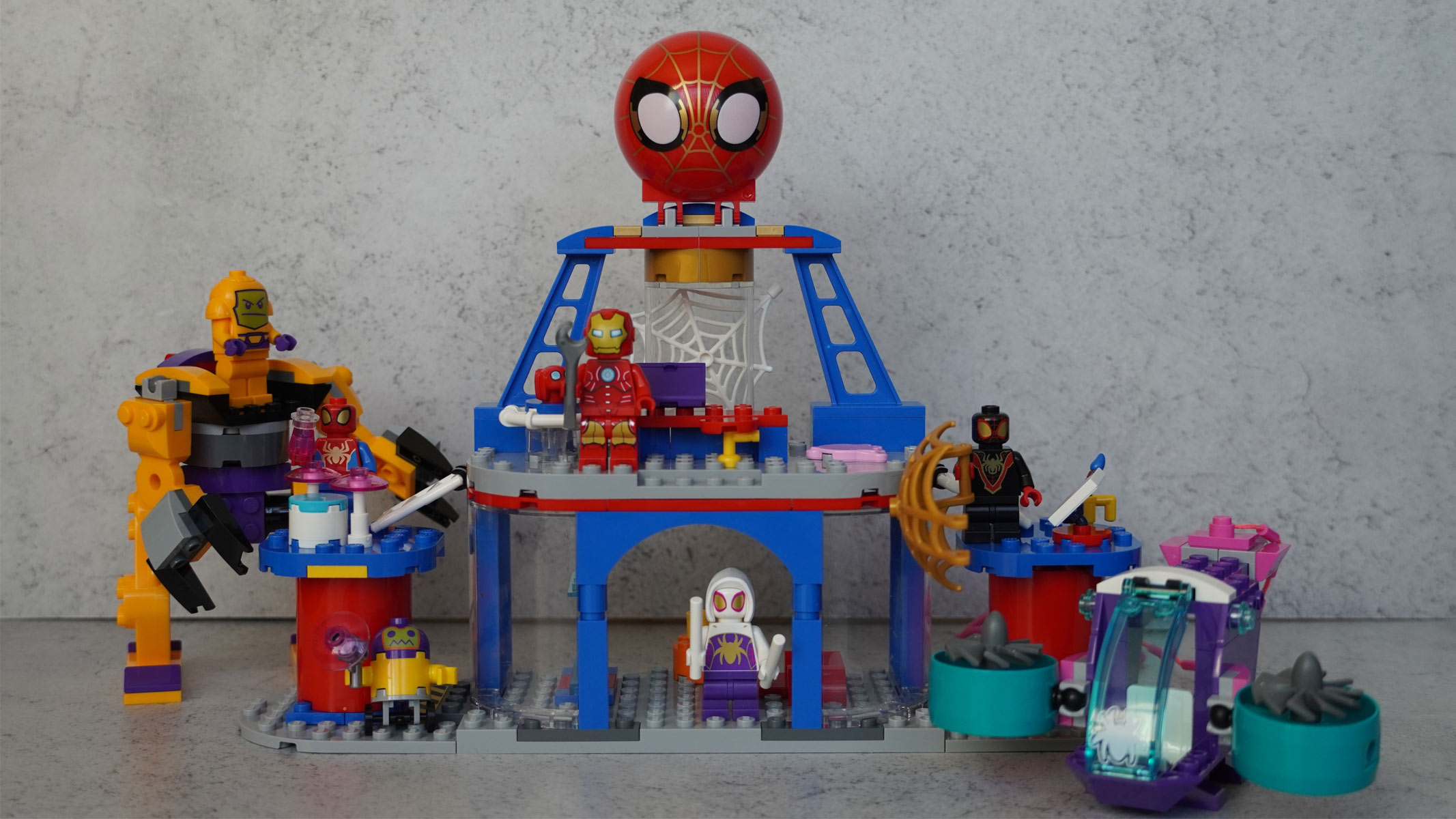
Rahul Rao
Rahul Rao is a graduate of New York University's SHERP and a freelance science writer, regularly covering physics, space, and infrastructure. His work has appeared in Gizmodo, Popular Science, Inverse, IEEE Spectrum, and Continuum. He enjoys riding trains for fun, and he has seen every surviving episode of Doctor Who. He holds a masters degree in science writing from New York University's Science, Health and Environmental Reporting Program (SHERP) and earned a bachelors degree from Vanderbilt University, where he studied English and physics.
Latest articles by Rahul Rao
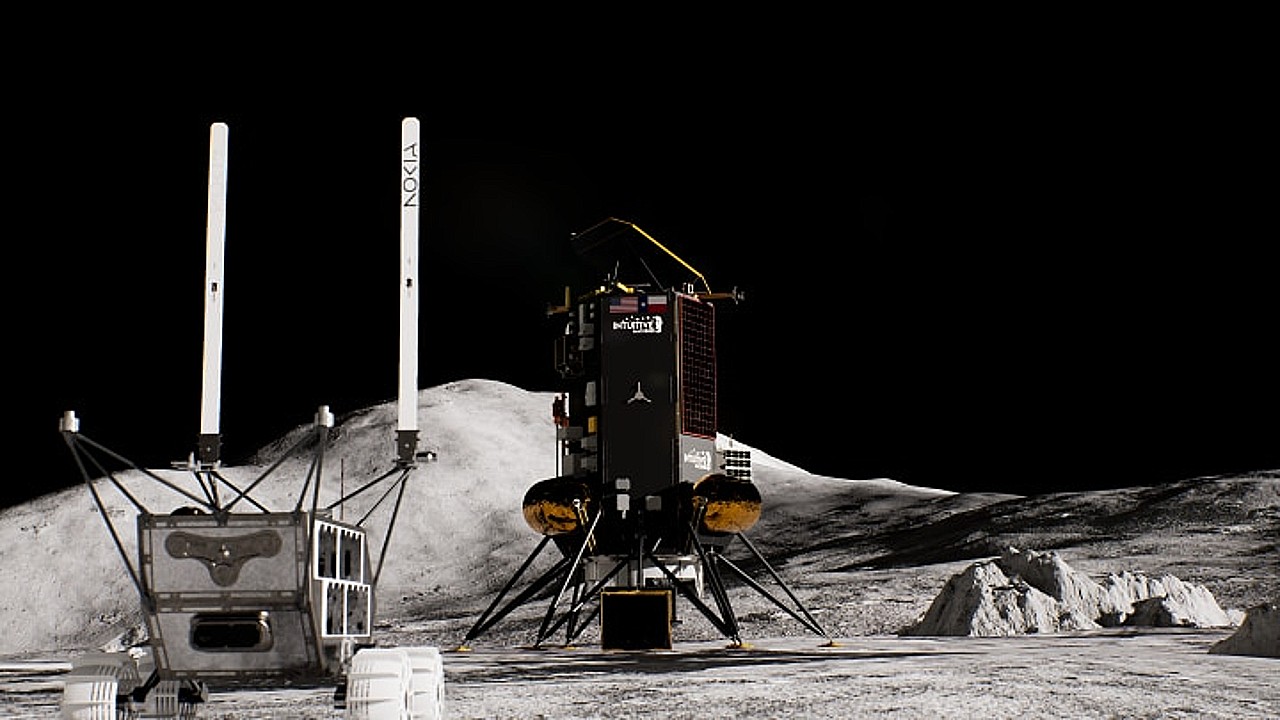
Artemis 3 astronauts will walk on the moon with 4G-equipped spacesuits
By Rahul Rao published
Artemis 3's astronauts will wear spacesuits equipped with 4G connectivity — the same 4G that makes up the majority of Earth's mobile phone networks today.
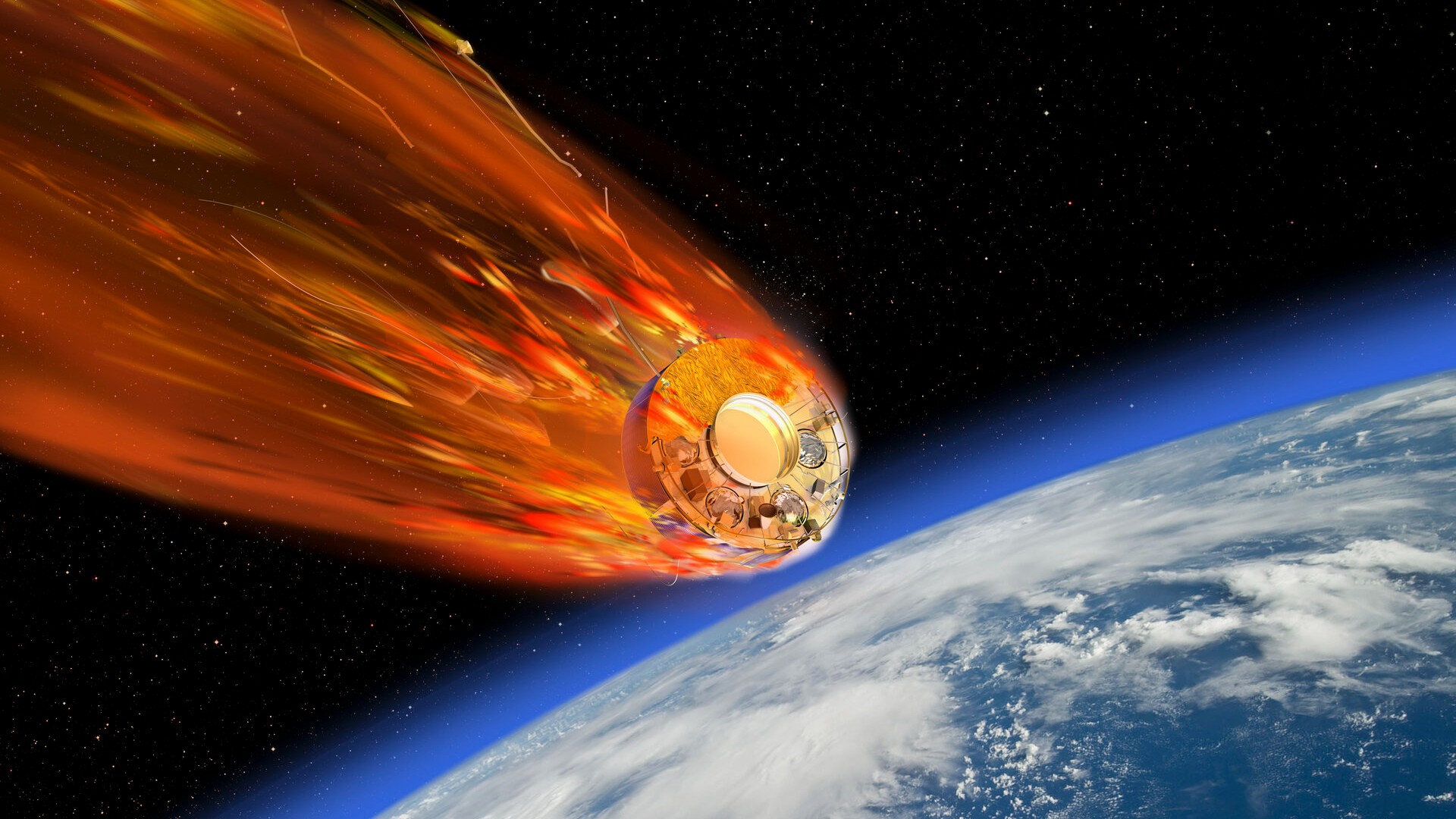
Salsa's last dance: This European satellite will fall from space soon in a spicy reentry
By Rahul Rao published
On Sept. 8, 2024, a satellite named Salsa will re-enter the atmosphere and burn up safely over a hand-picked region of the South Pacific — if all goes to plan.
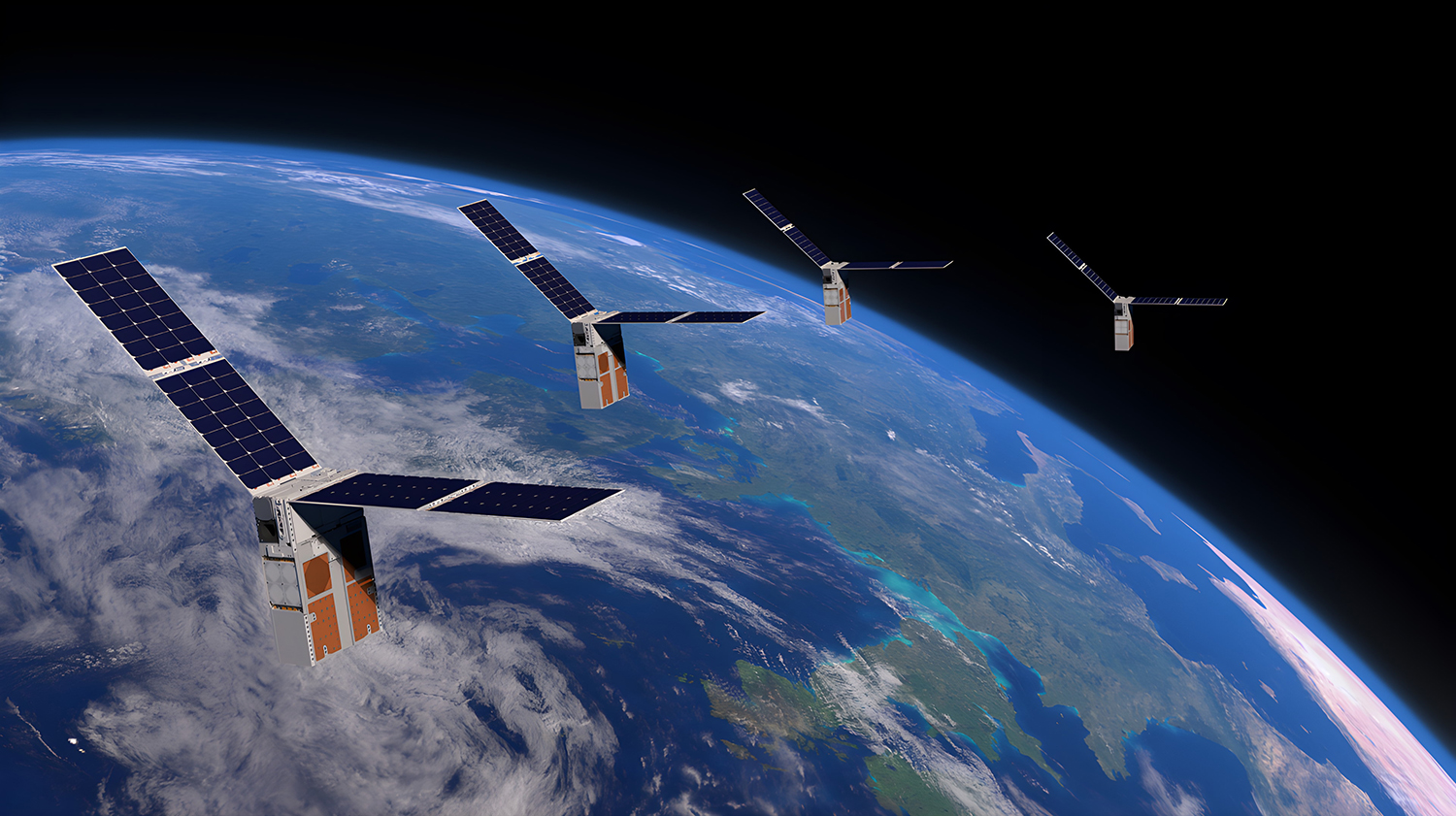
StarFOX autonomous satellite tech could level up space exploration
By Rahul Rao published
Scientists hope to send an autonomous satellite swarm beyond our planet's orbit someday.
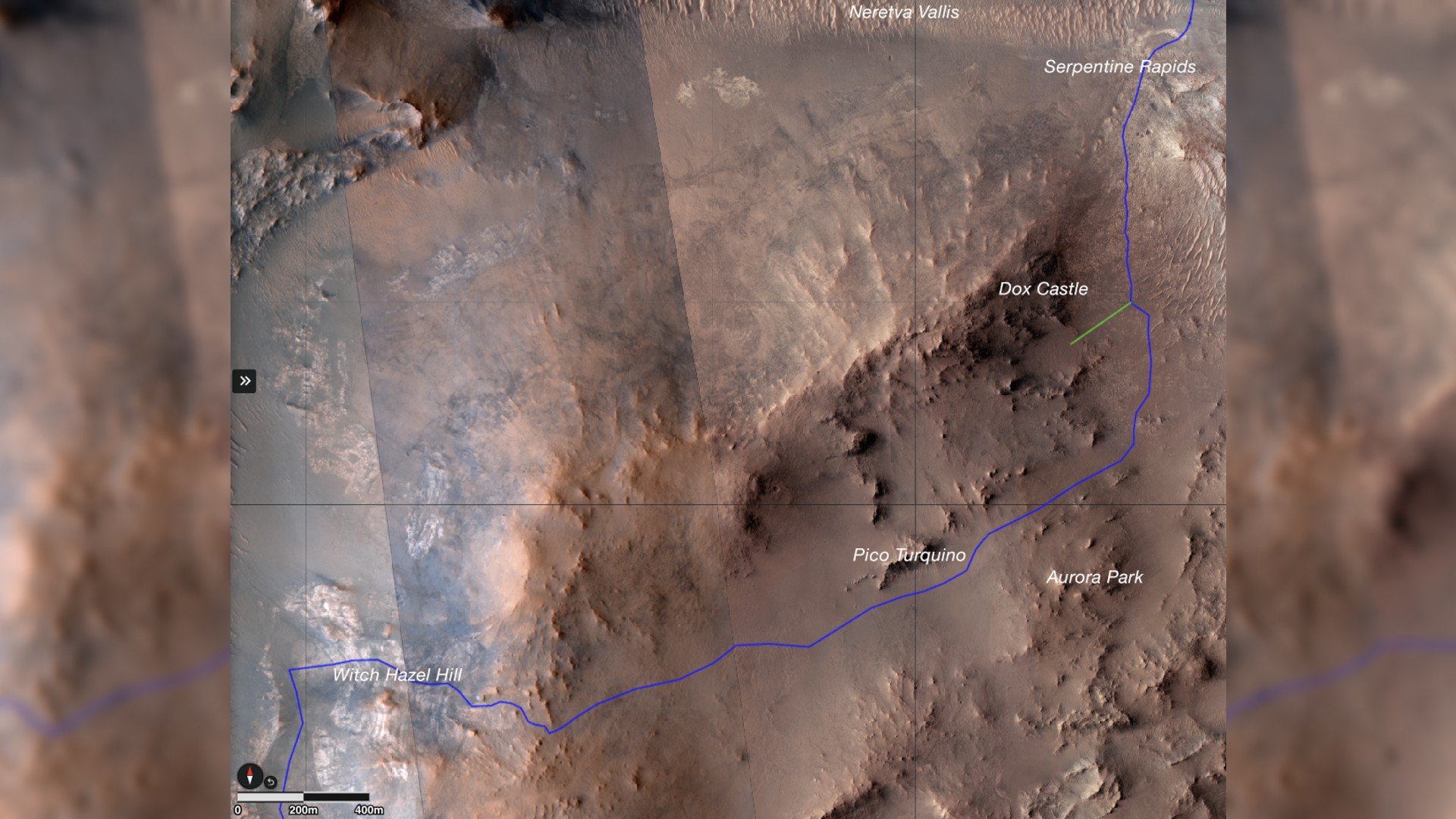
Perseverance Mars rover begins 820-foot climb up 'Witch Hazel Hill'
By Rahul Rao published
NASA's Perseverance Mars rover is about to begin the next leg of its epic Red Planet journey, and its final destination is likely to be the robotic rover's most spectacular sightseeing spot yet.
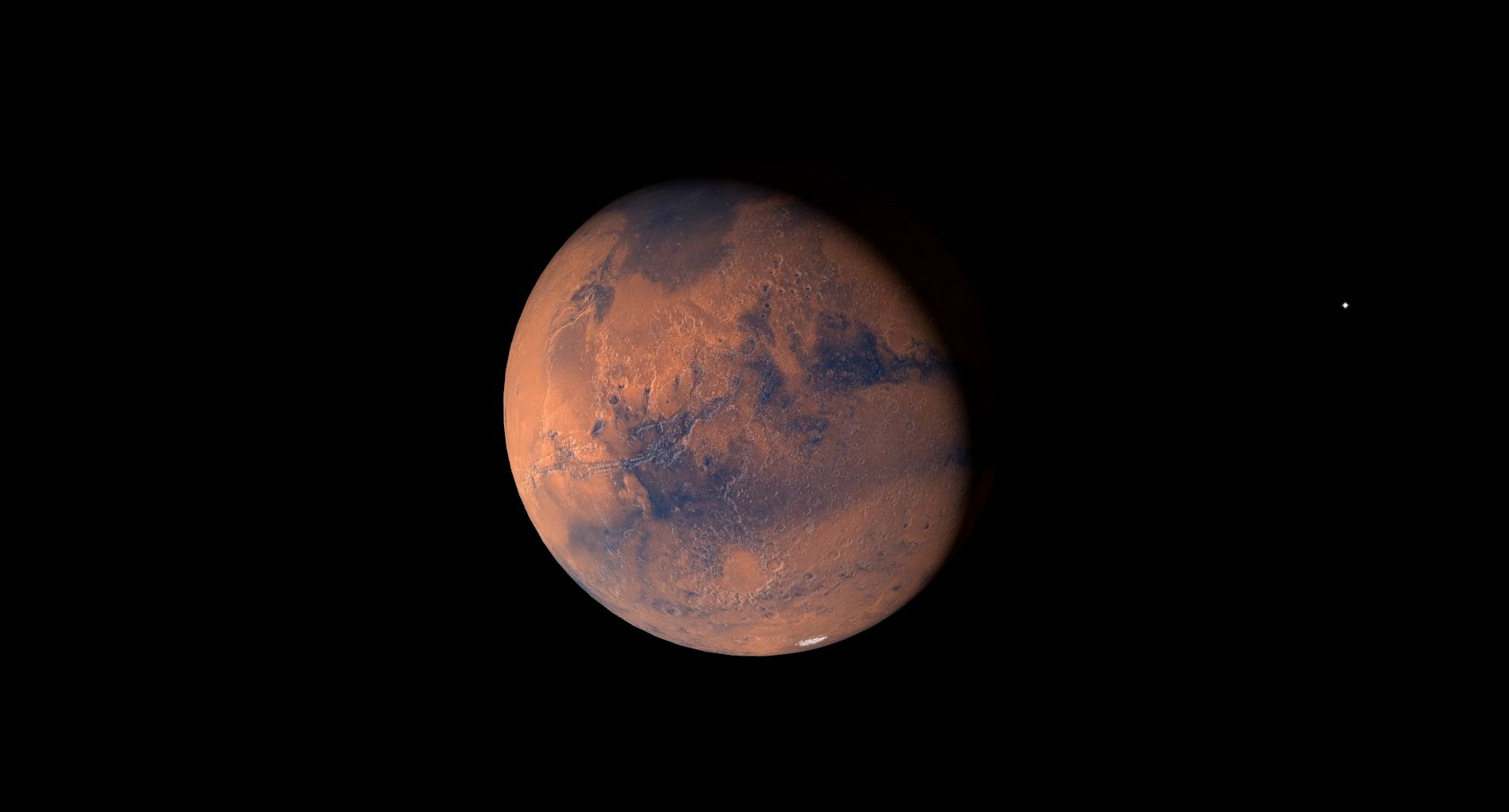
How do you measure wind on Mars? These scientists have a plan
By Rahul Rao published
Measuring wind on Mars with great sensitivity is important if we don't want accidents with vehicles, and maybe even astronauts, on the Red Planet.
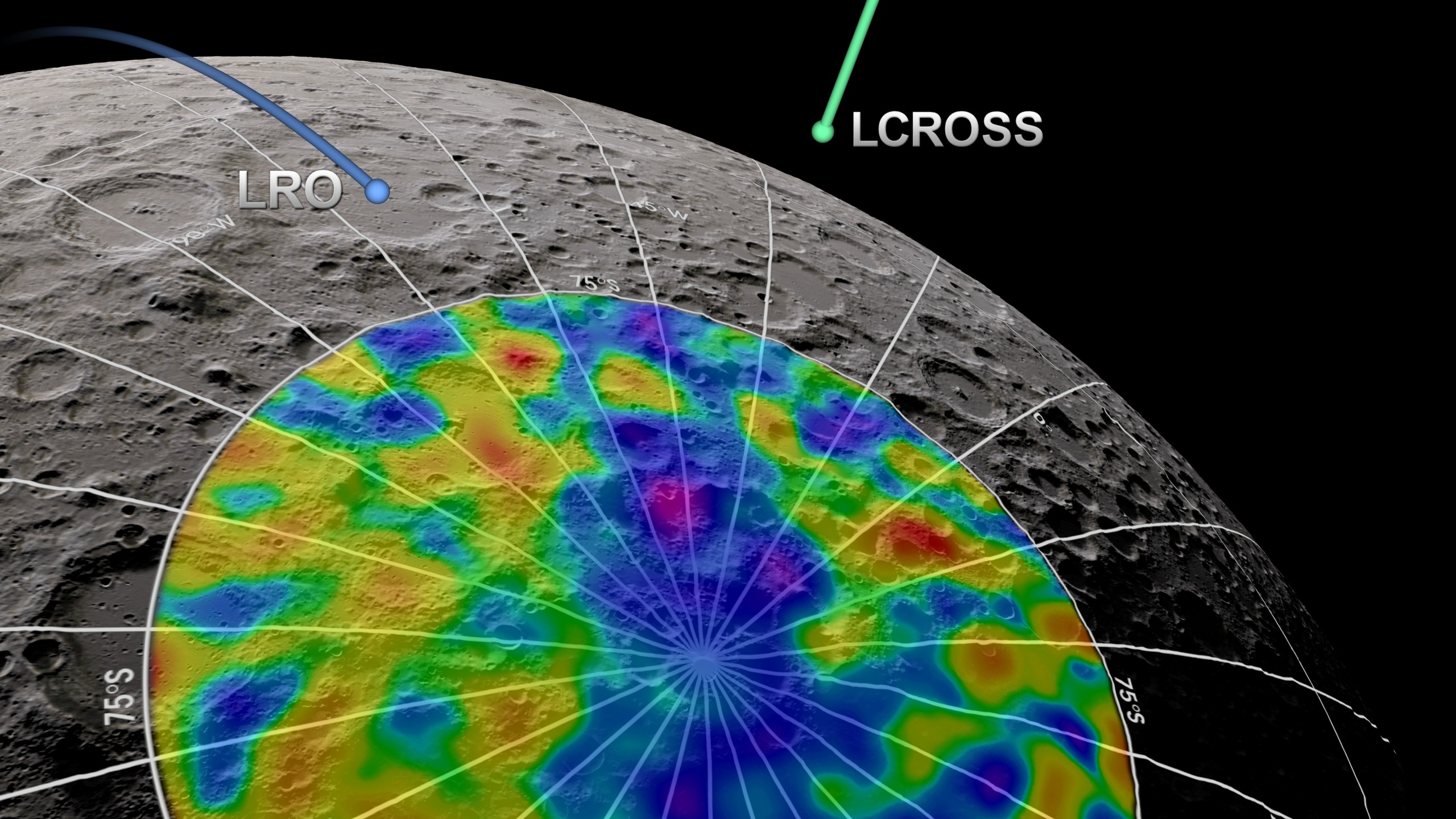
These inventive ideas could help Artemis astronauts make drinking water on the moon
By Rahul Rao published
Ten U.K. finalists have been announced in the Aqualunar Challenge, an effort to develop tech that can turn moon ice into drinkable water.
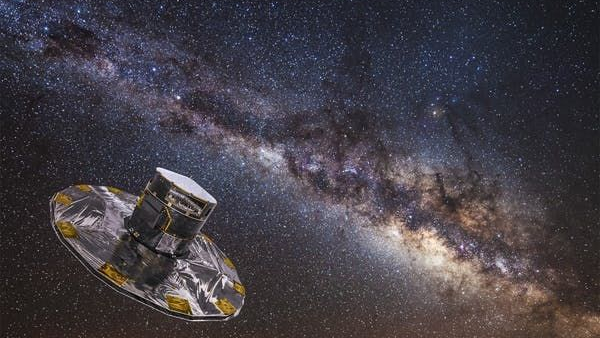
A high-speed particle struck the Gaia space telescope — but Gaia came back stronger than ever
By Rahul Rao published
A high-speed particle and electronics malfunction threatened the Gaia space telescope, but scientists managed to not only fix the issue, but also to optimize Gaia beyond its previous capabilities.
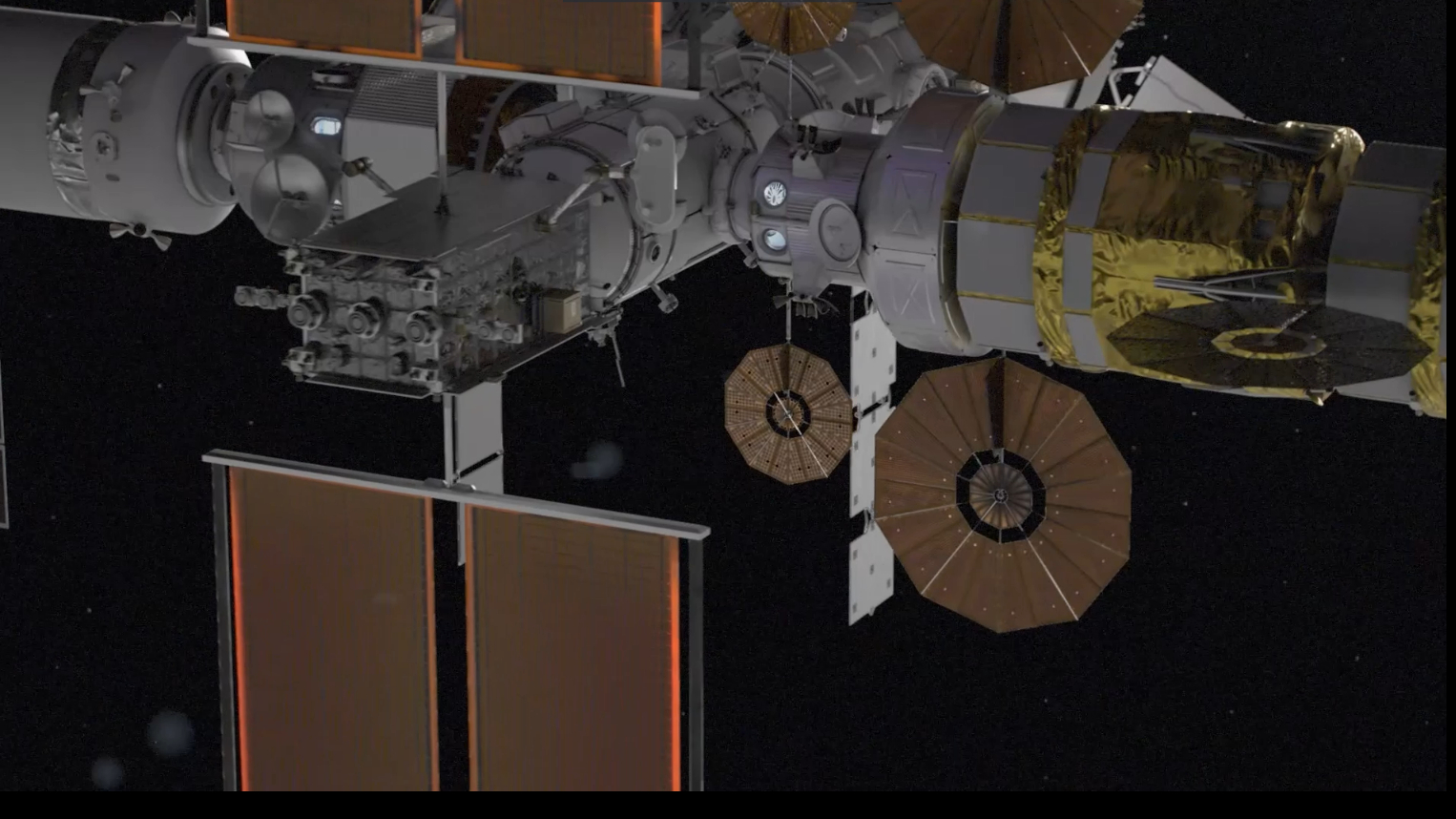
NASA's vision of a moon-orbiting space station comes to life in new 3D video
By Rahul Rao published
NASA plans to build a moon-orbiting space station in the future, and just released a comprehensive video of its vision.
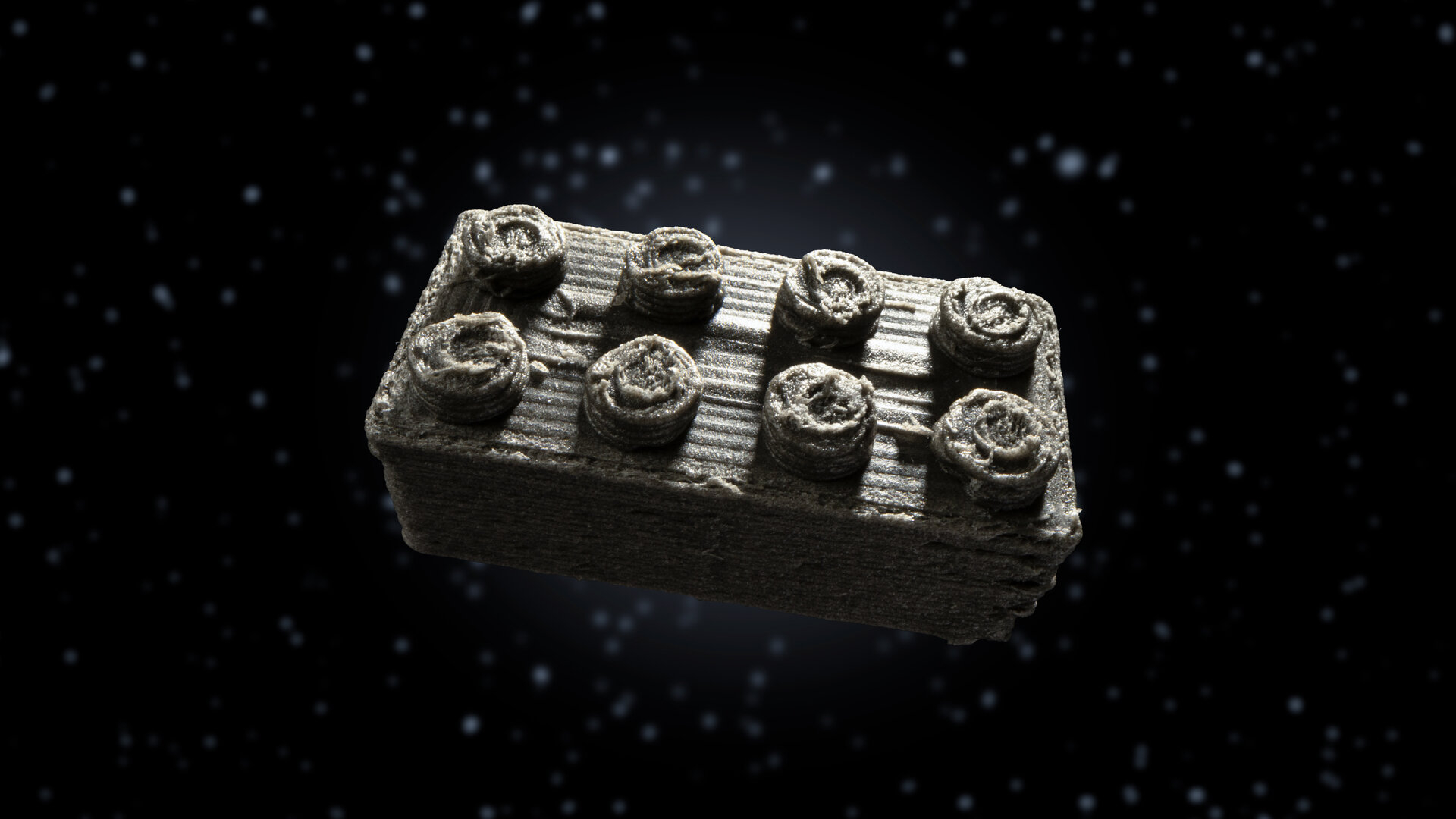
Lego-inspired 'space bricks' could help scientists design moon habitats. Here's how
By Rahul Rao published
How European Space Agency scientists are using Lego-inspired "space bricks" to design lunar habitats.
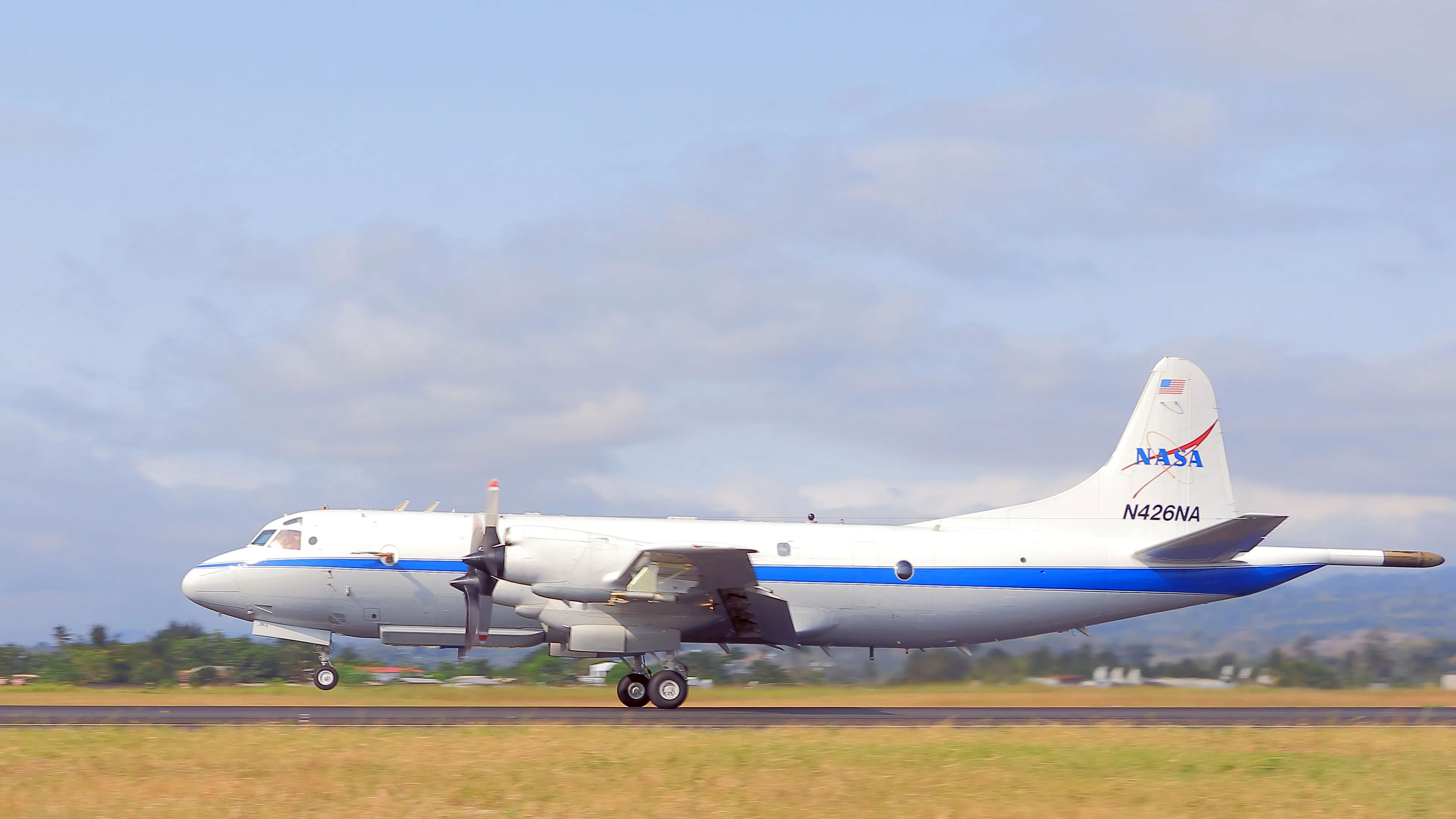
NASA is flying planes low over the US to make maps of air pollution sources
By Rahul Rao published
NASA is flying aircraft low over the US in order to learn where, exactly, greenhouse gases are coming from. The results should help the agency fight causes of human-driven climate change.
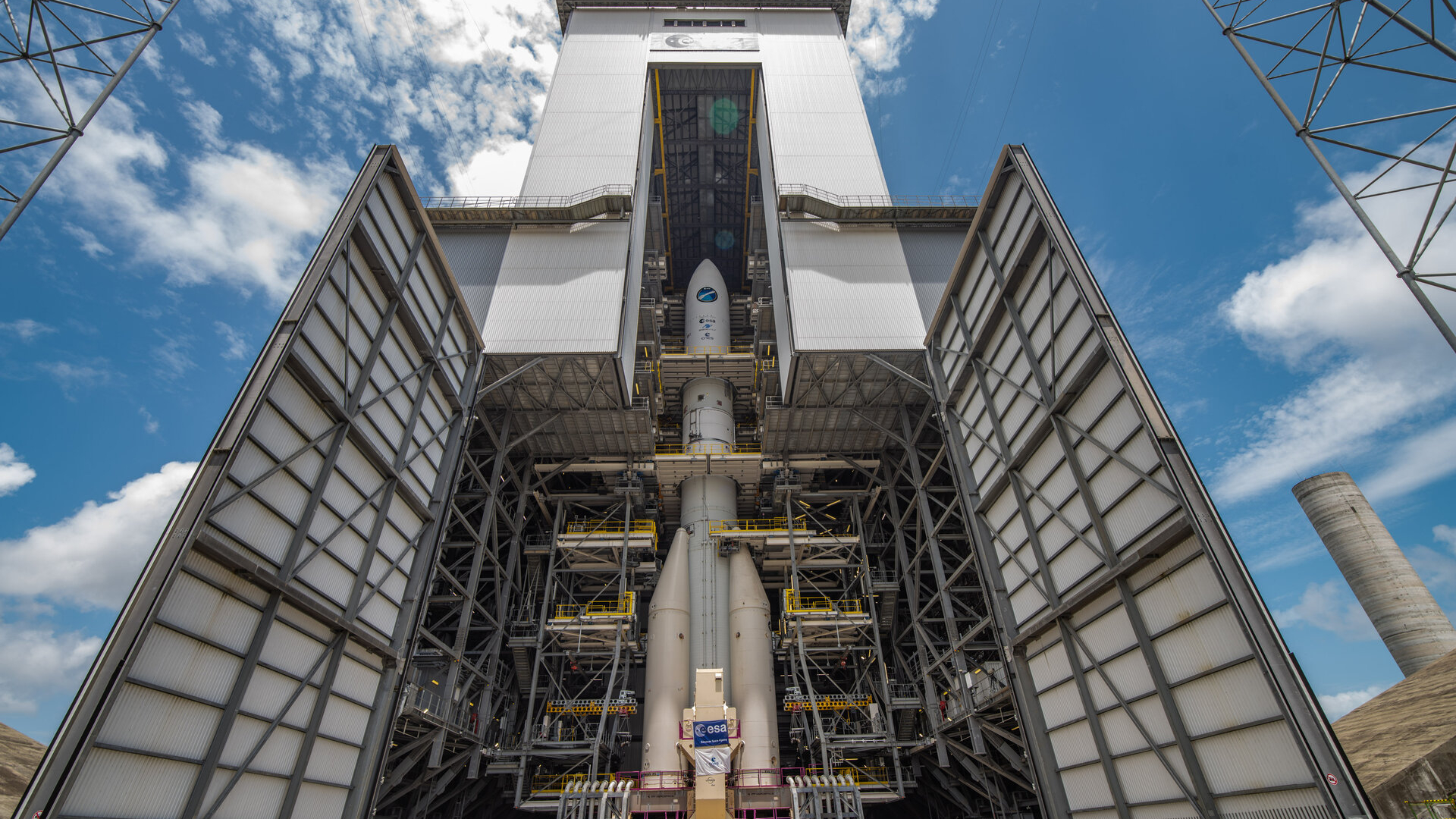
Europe's new Ariane 6 rocket on track for long-awaited 1st launch on July 9
By Rahul Rao published
Europe's new Ariane 6 rocket is on schedule for its inaugural launch.
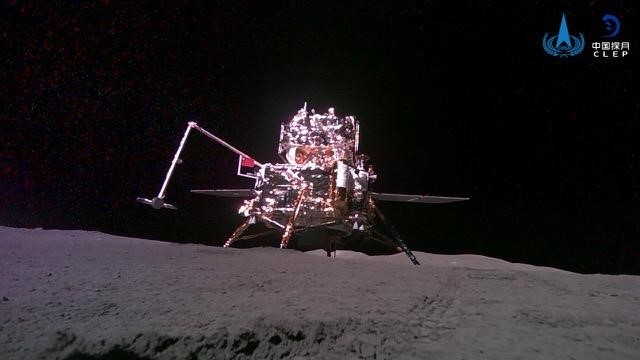
China's Chang'e 6 probe will soon bring samples of the moon's far side to Earth — and scientists are getting excited
By Rahul Rao published
China's Chang'e 6 probe is scheduled to return to Earth on June 25, and scientists are starting to get excited about what its far side moon samples can tell us.
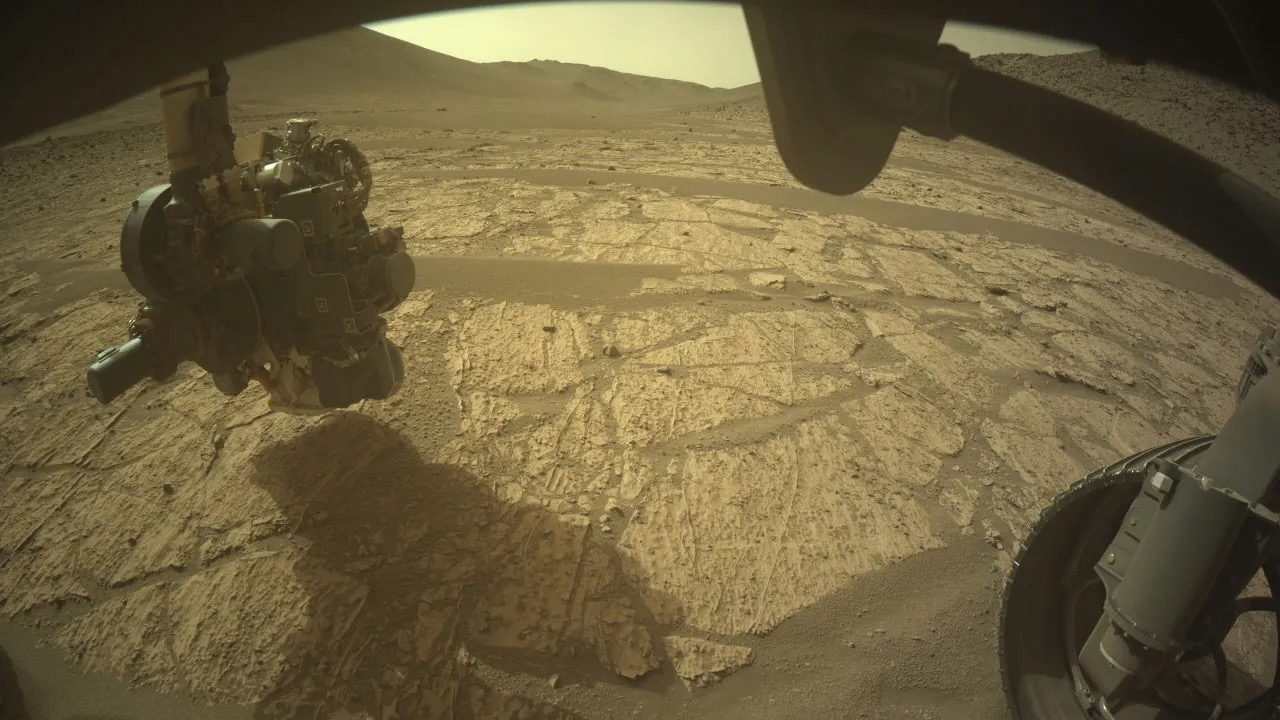
Perseverance Mars rover digs into intriguing 'Bright Angel' rock formation (photo)
By Rahul Rao published
NASA's Perseverance rover has begun studying an intriguingly light-colored patch of rock that mission team members call "Bright Angel."

Is there liquid water on Mars today? Marsquake data could tell us
By Rahul Rao published
Some scientists believe they may be able to find buried liquid water on the Red Planet by studying seismic and magnetic readings to reconstruct the aftermath of marsquakes.
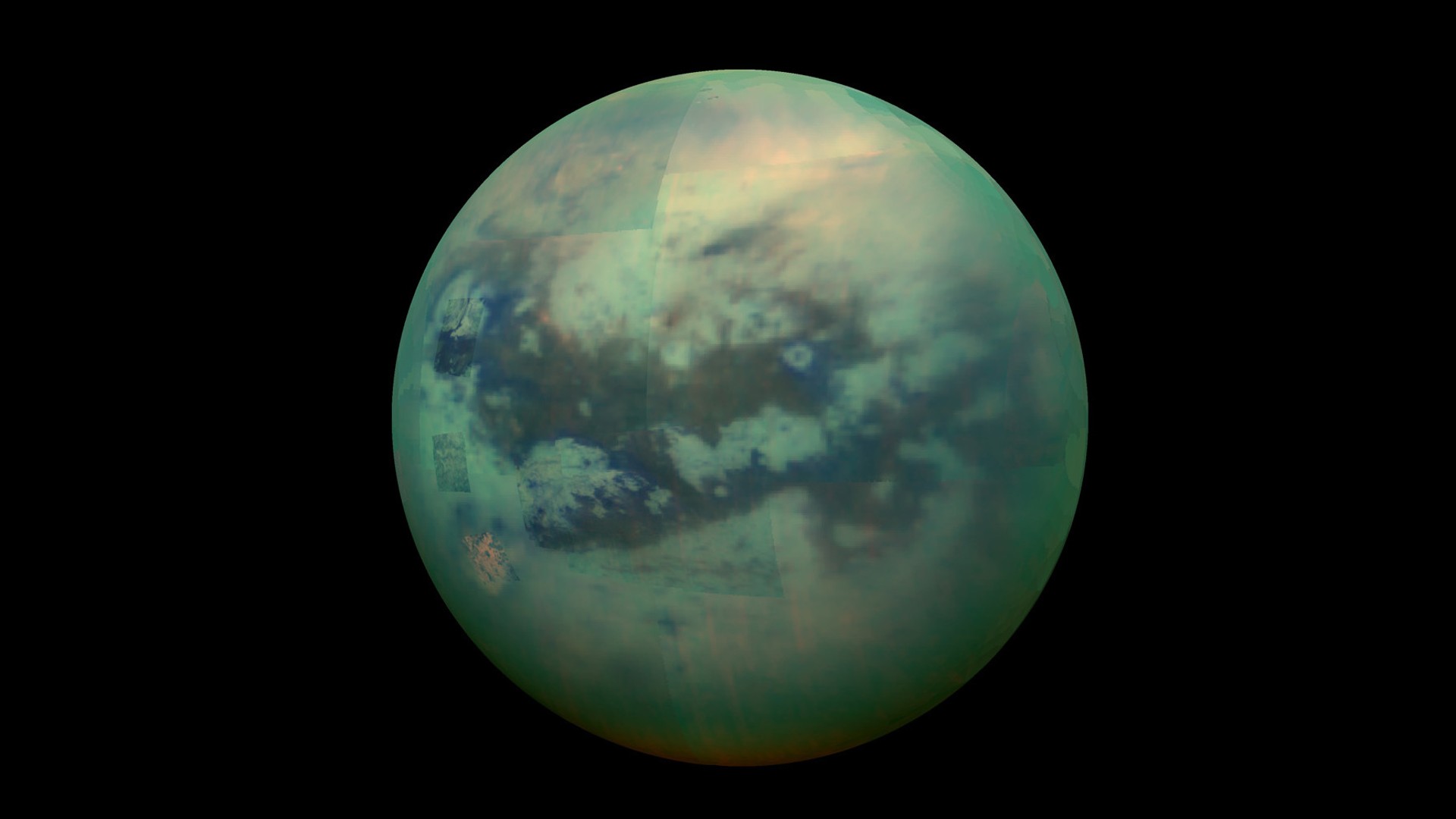
Surf's up! Liquid methane waves on Saturn moon Titan may erode shores of alien lakes and rivers
By Rahul Rao published
Saturn's largest moon Titan has been known to have rivers and lakes of methane, but a new study has found that their shorelines may be eroded and shaped by wave activity.
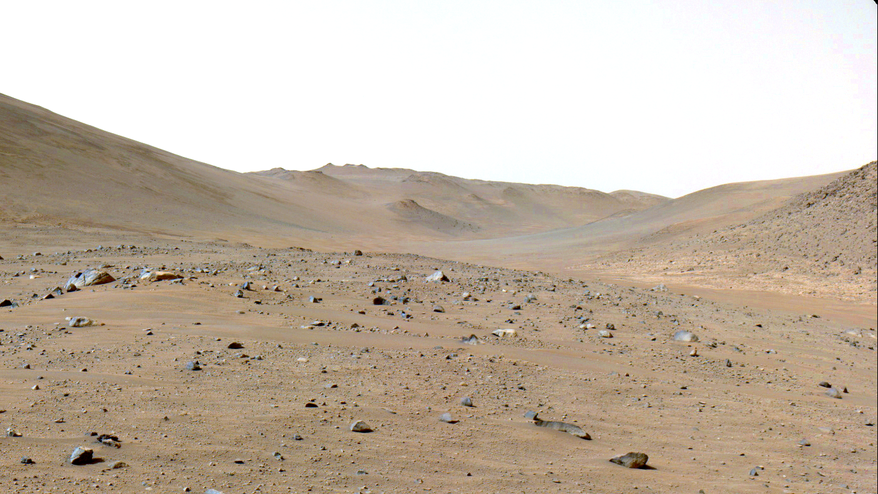
NASA's Perseverance Mars rover enters new Red Planet territory: 'Bright Angel'
By Rahul Rao published
NASA's Perseverance Mars rover has been rerouted across a Red Planet dune field to reach the Marian territory known as "Bright Angel"
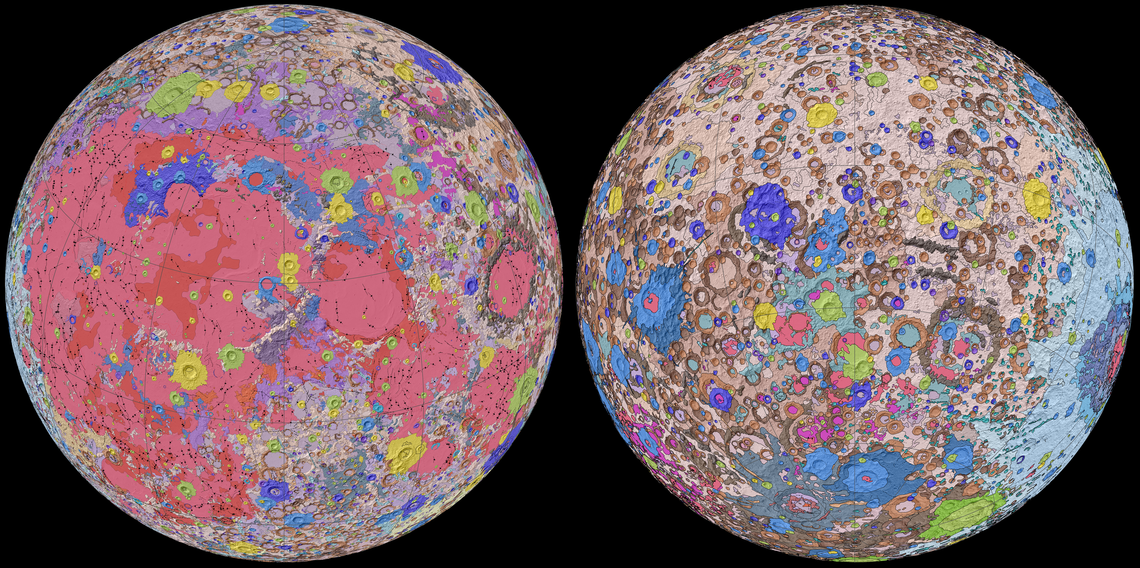
Moon-mapping could level up for NASA's upcoming Artemis missions. Here's how
By Rahul Rao published
To create more high resolution maps of the moon, scientists are enlisting the help of algorithms.
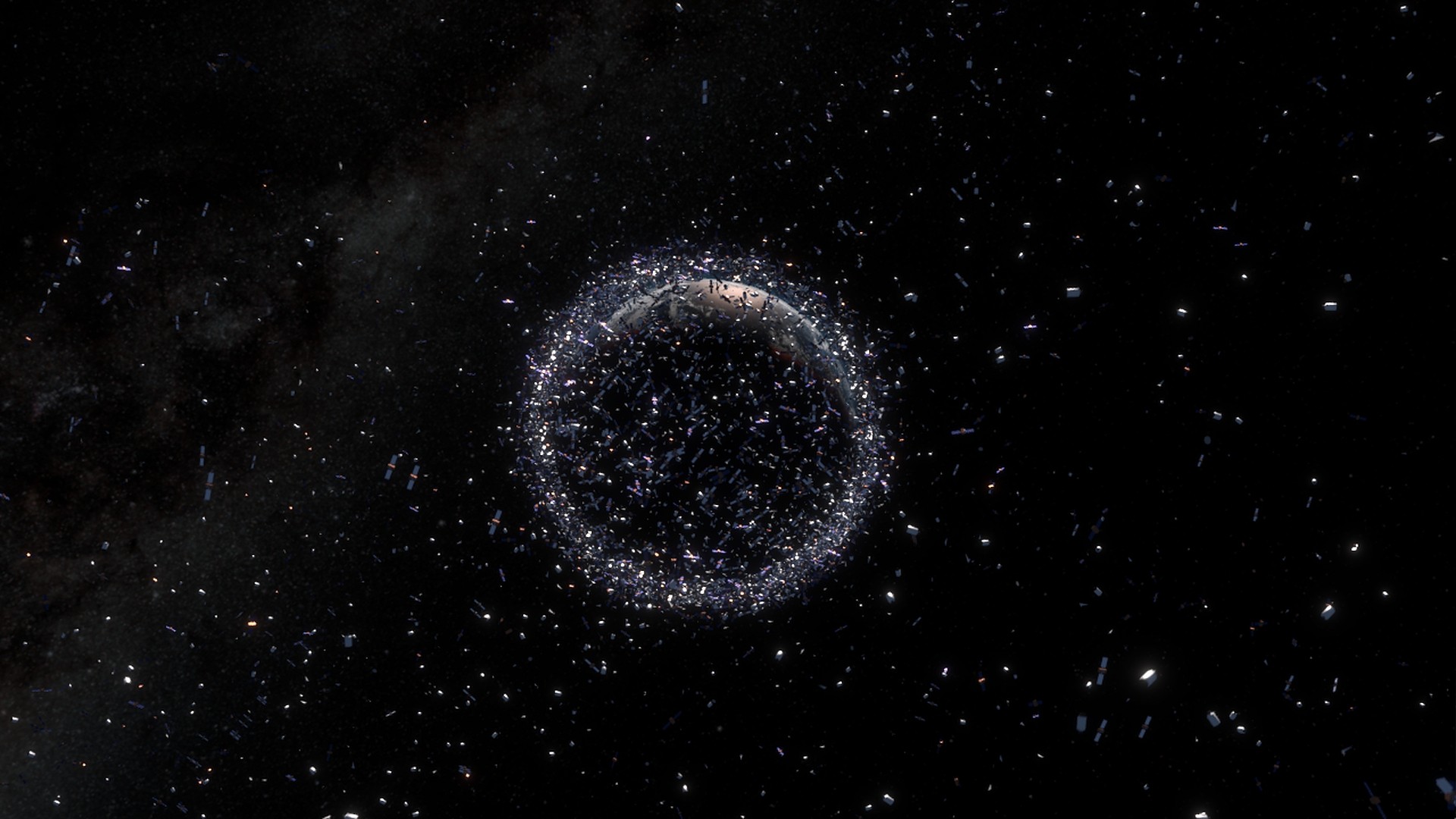
Zero Debris Charter aims to boost international cooperation on cleaning up Earth's space junk problem
By Rahul Rao published
ESA and some of its member states have signed the non-binding Zero Debris Charter, committing themselves to take steps to help tackle the orbital debris problem.
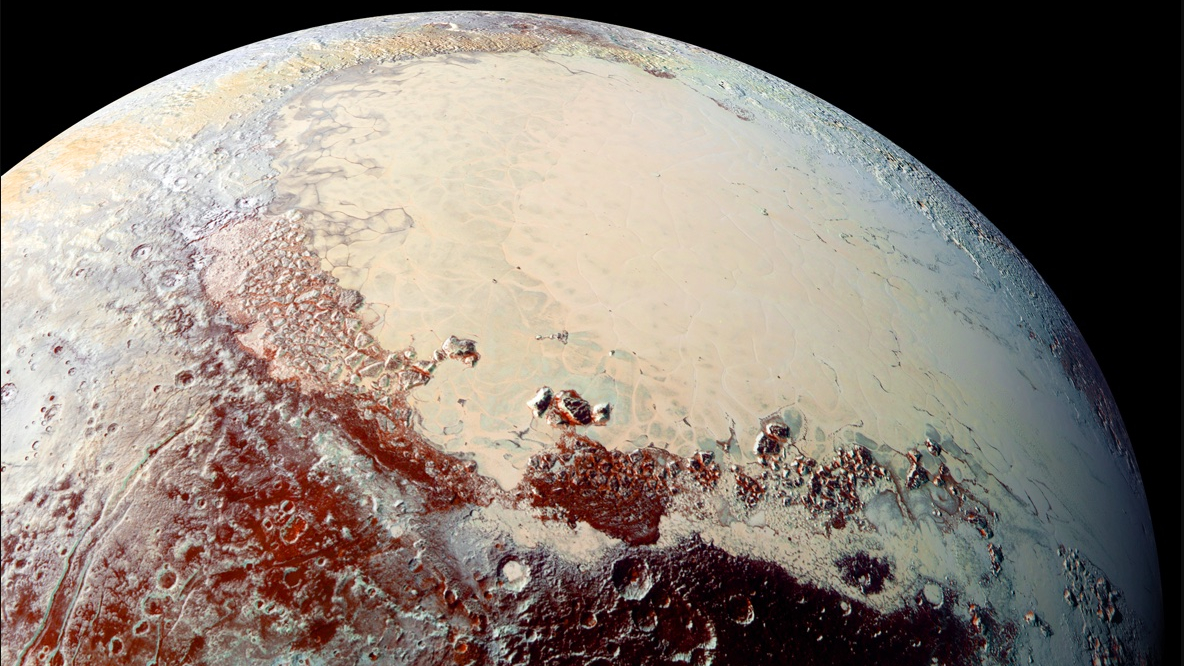
We could float effortlessly in Pluto's subsurface ocean
By Rahul Rao published
A subsurface ocean of liquid water may exist beneath Pluto's nitrogen ice, according to an analysis of data collected by NASA's New Horizons probe.
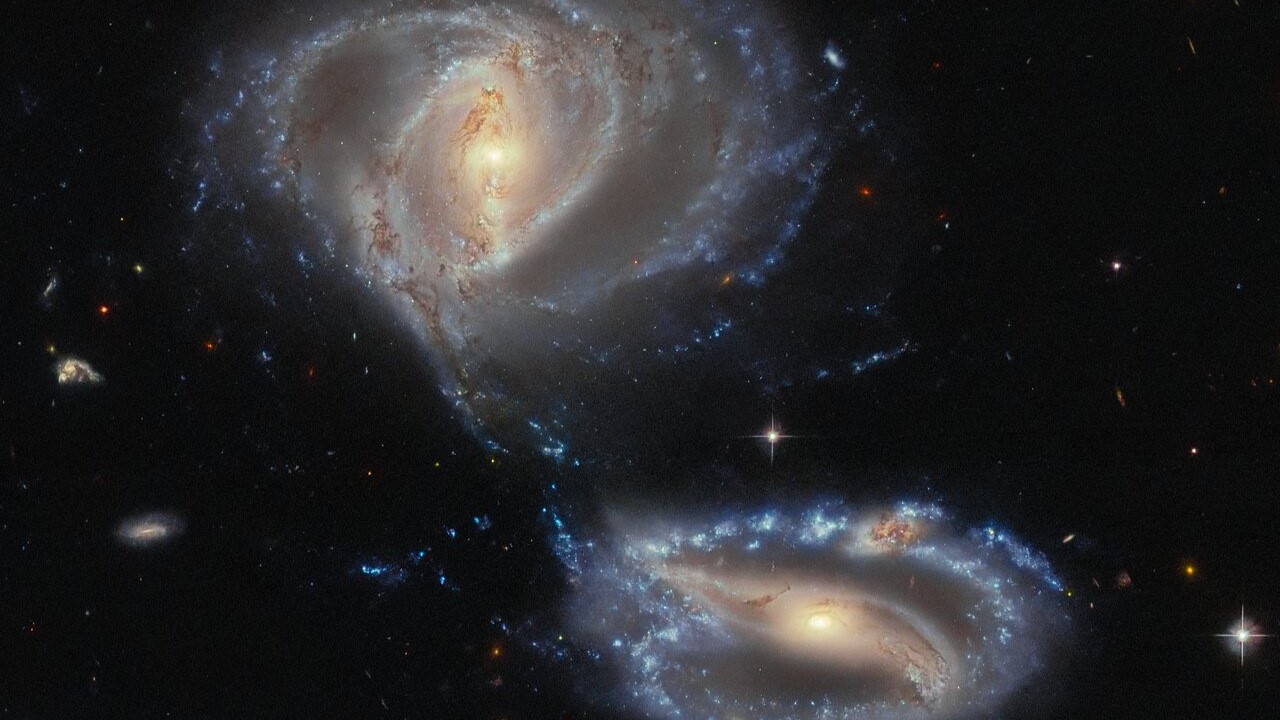
AI finds hidden galactic evolution clues in over 100 galaxies. Here's how
By Rahul Rao published
Scientists enlisted AI to help peruse a massive dataset in search of neutral carbon absorbers in galaxies, which can reveal lots about galaxy evolution.
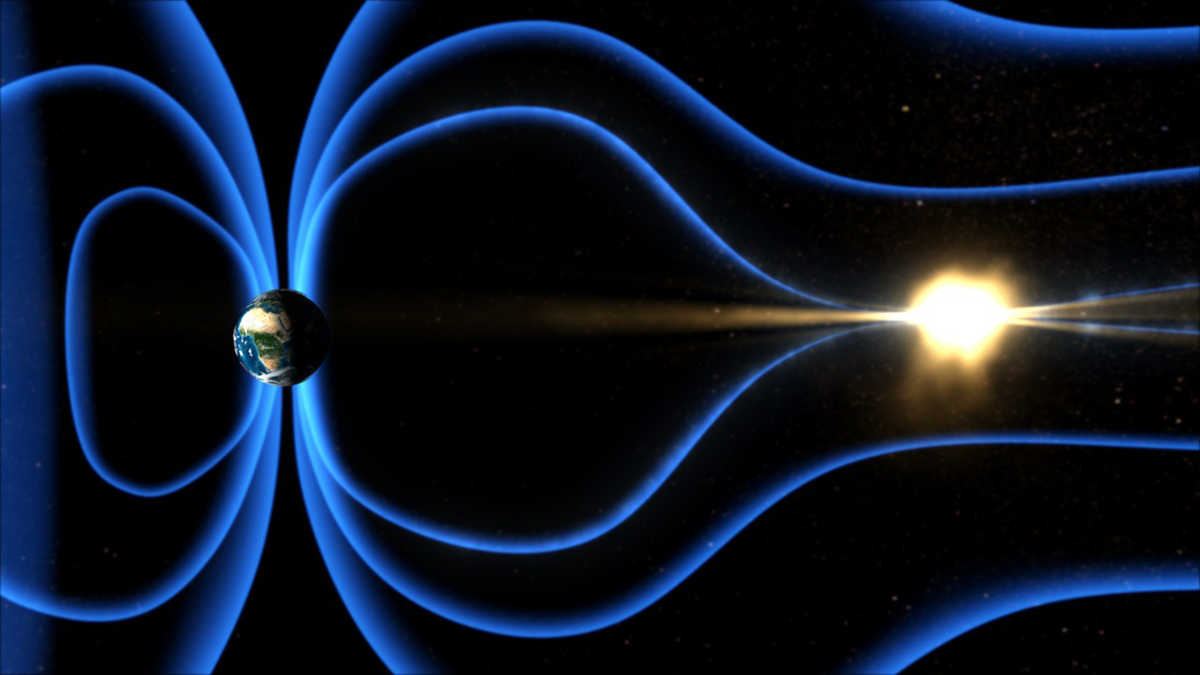
Something strange is happening with Earth's magnetic field tail
By Rahul Rao published
Scientists are diving into the mystery of the missing storm in Earth's magnetotail, which refers to our planet's magnetic field tail.
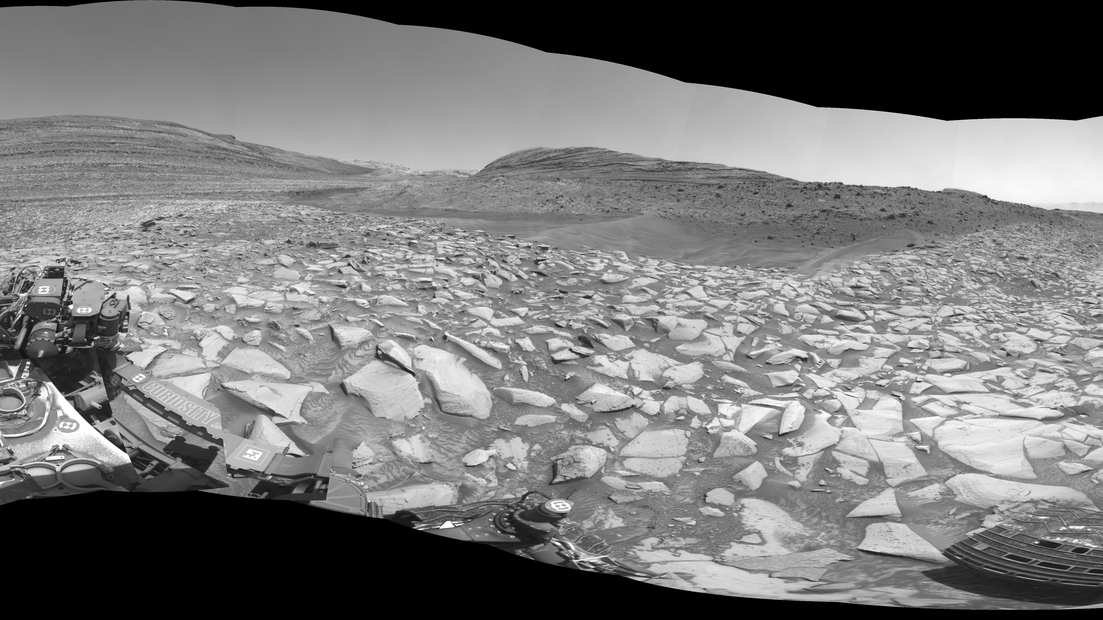
Big decision! Curiosity rover keeps following possible Mars river remnant
By Rahul Rao published
After much debate, the Curiosity Mars rover team decided to continue following an intriguing channel rather than send the robot on an off-road detour.
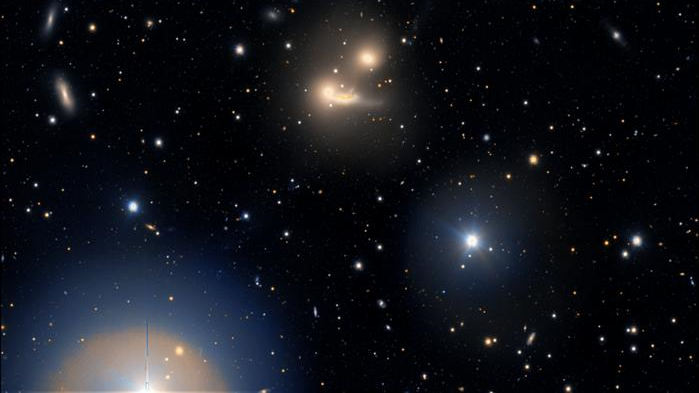
World's largest visible light telescope spies a galaxy cluster warping spacetime
By Rahul Rao published
New images from the VLT Survey Telescope will help scientists learn about galaxy pasts, and perhaps futures.
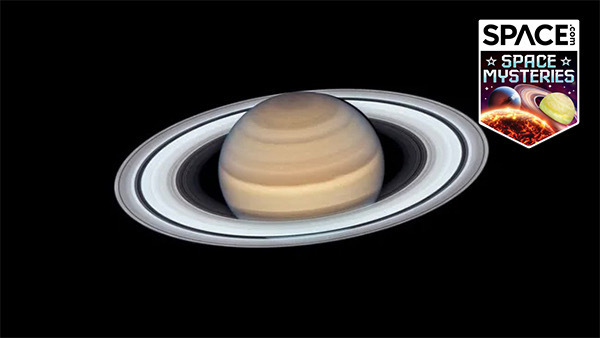
Could alien life be hiding in the rings of Saturn or Jupiter?
By Rahul Rao published
The rings that circle gas giants like Saturn are composed mostly of water-ice particles. Could life exist in these beautiful and enigmatic structures?
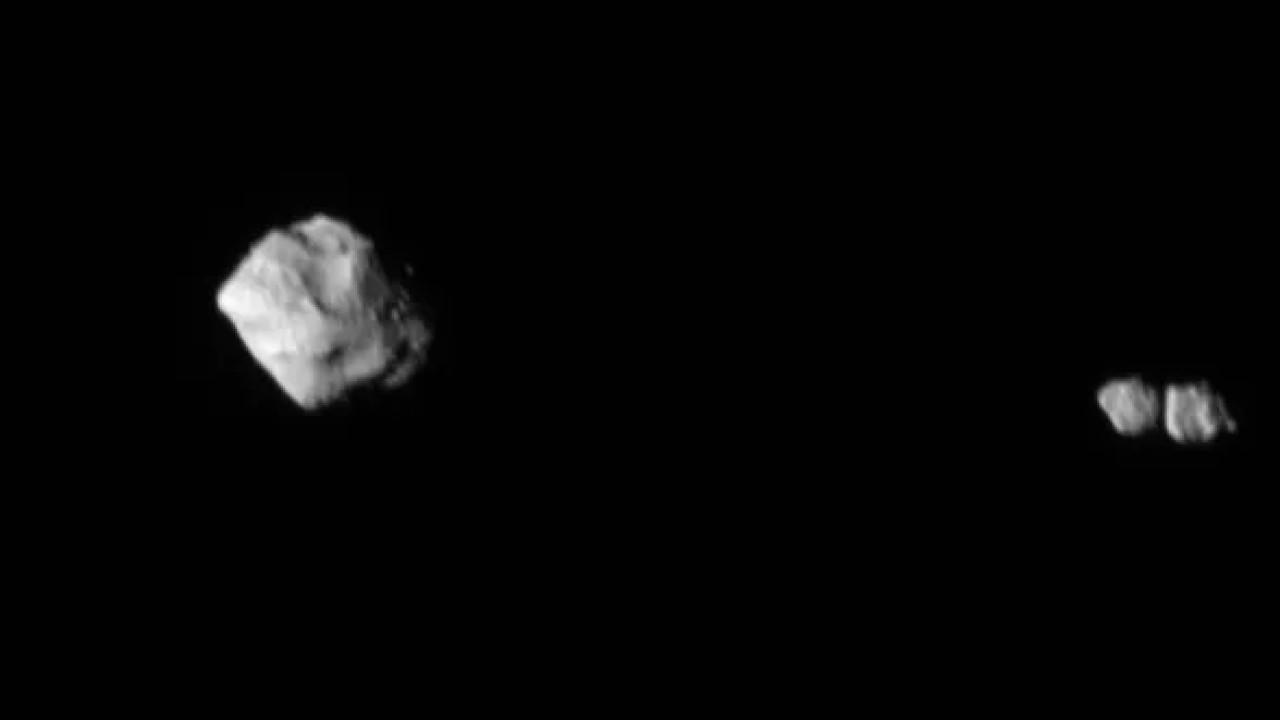
Curious asteroid Selam, spotted by NASA's Lucy spacecraft, is a cosmic toddler
By Rahul Rao published
NASA's Lucy spacecraft serendipitously found a small moonlet orbiting the mission's asteroid target Dinkinesh. Scientists named it Selam, and have now learned that Selam is a cosmic toddler.
Breaking space news, the latest updates on rocket launches, skywatching events and more!
